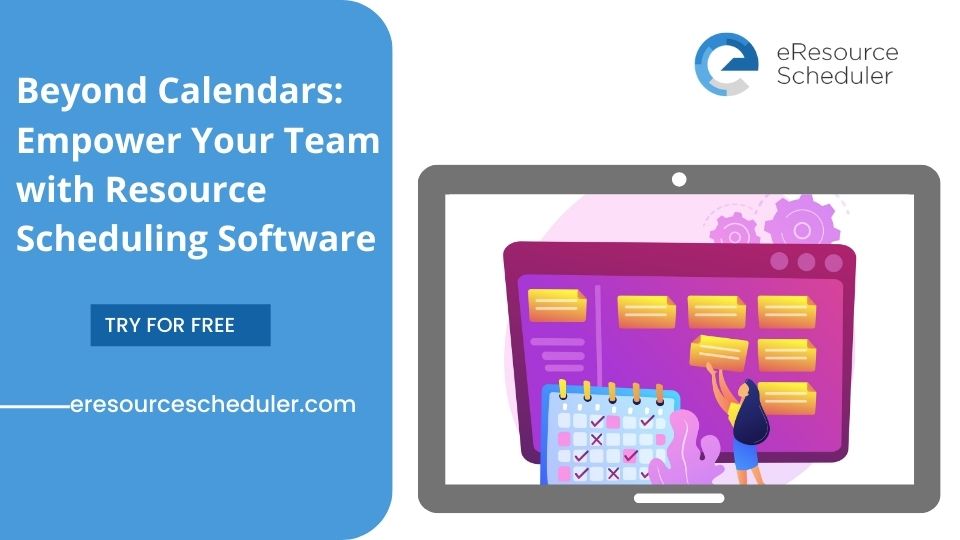
As a manager, do you find yourself constantly checking in on each and every single task your team members are completing instead of working on more important duties? While it’s necessary to keep tabs and check progress, being over your team’s head 24/7 is a sign of micromanagement. Let’s not forget that it’s overwhelming, time-consuming, and can drive your employees away.
A more appropriate way to manage your team is by empowering them. Empowerment is about providing authority, ownership, and the right tools to your employees so they can succeed in any assigned work.
Let’s understand what empowerment is and why it’s important, while also learning some effective strategies to implement it.
Employee empowerment is all about giving an organization's employees the freedom to make independent decisions and to feel confident enough to take action as they see fit. The aim is to make employees feel like they can and are making a difference by granting them more control and authority over their work.
To empower your team is to give them the authority to make decisions, take action, and solve problems. The objective is to establish an environment that values trust, respect, and appreciation among team members. Empowered team members tend to be more motivated, engaged, and productive.
It’s important to empower your team because it brings forth their best efforts. They feel respected and valued. Empowered employees are also more confident and committed workers who are more likely to share the vision and goals of the company.
Also, by handing over the reins to your employees, you, as a manager won’t be stressed about taking every single day-to-day decision. Your mind can focus on more strategic tasks and long-term planning.

Empowerment can look different in every organization. However, here are a few common examples that can be tailored to fit any company and industry:
A more specific example of employee empowerment is as follows: a customer service representative should have all the tools and decision making authority to deal with an angry customer without having to go up the command chain.
Empowerment is a powerful tool that can help you improve your organization's performance. By giving your employees the freedom and responsibility to make decisions, you can unleash their creativity and innovation, boost their productivity, and improve customer service.
There are many benefits to employee empowerment, including:
| Advantages of Employee Empowerment |
|---|
| Engaged and motivated staff Reduced turnover makes it easier to recruit Elevated and qualitative customer service Increased innovation and creativity Controlled budget and costs Greater employee satisfaction |
Employee empowerment is a journey, not a destination. It takes time and effort to create an empowered workforce, but the benefits are worth it. Empowerment is about autonomy, community, fulfillment, and competence.
The main objectives of empowerment are to:
This can be achieved by providing clear directions, appropriate training, and aligning employees to the right tasks that play to their strengths and appeal to them. With eRS, a resource scheduling software, you can easily identify the right employees for each task. The software also highlights their short and long term availability, work interests, skill set, and billing rates. With a resource management platform, your company can align employees based on their areas of interest across functions and skills. By doing this, you are creating an environment where employees will happily put in extra effort and commitment towards projects. Creating a welcoming and non-judgmental environment will also aid in accomplishing this objective.
When employees are given decision-making authority, they are more likely to make decisions that are aligned with the organization’s goals. Providing them with access to critical data such as project workflow and KPIs (key performance indicators) can lead to better decision-making and problem-solving. A resource allocation software is one such tool that can give employees flexibility, autonomy, and accurate data to make the right decisions.
Organizations that support their employees by giving them multiple opportunities to learn and enhance their skills allow their people to reach their full potential. These workers also become more confident in their ability to take on new challenges and progress. This creates a domino effect that multiplies the organization’s success rate because now the employees are stepping up and actively contributing to the best of their abilities.

Resource allocation software is one tool that can immediately help you build and sustain an empowerment culture. The app tracks employee skills and availability. This information can be used to match employees with projects that are a good fit for their skills and interests. This can help employees feel more challenged and engaged in their work.
The software not only matches employees with tasks that match their skillset,but it also provides visibility on how they contribute to the organization’s larger goals.
A resource management software also creates a transparent environment where employees can see how decisions are being made and how resources are being allocated. This builds trust and a sense of fairness. The tool reduces stress by automating tasks and by providing employees with the information they need to make informed decisions. This frees up the employees’ time and therefore they can focus on critical tasks and be more productive.
How are you managing employee empowerment at your company? Check out eRS to discover how to optimize your resources, increase employee engagement, and save costs!
Plan Smarter. Schedule Faster.
Join thousands already using eResource Scheduler to align teams, time, and tasks seamlessly.